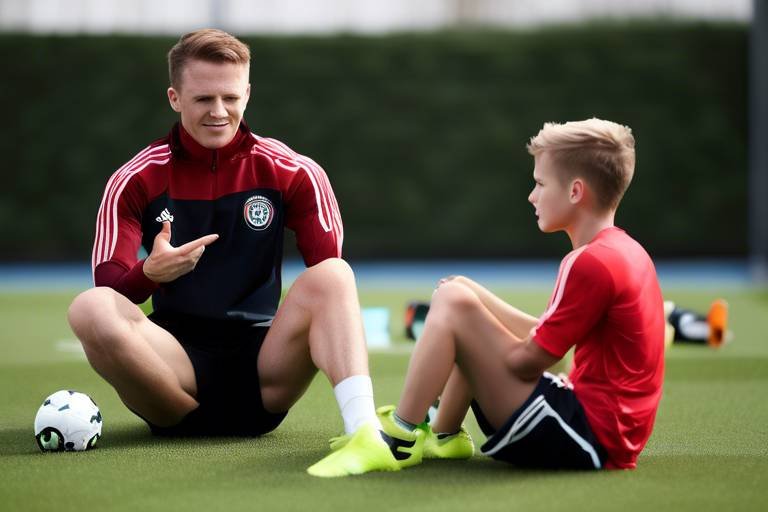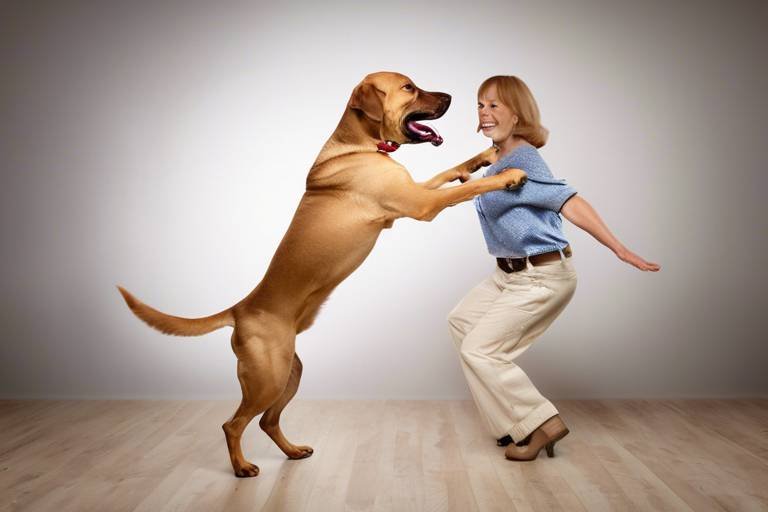How to Train Your Dog to Go to Their Bed
Training your dog to go to their bed is not just a matter of convenience; it’s about creating a safe haven for your furry friend. Imagine your dog having a cozy spot that they can retreat to whenever they need a break or feel overwhelmed. It’s like giving them their own little sanctuary! In this comprehensive guide, we will explore the step-by-step process of teaching your dog this valuable command, ensuring that both you and your pet enjoy the journey.
A dog bed serves as a personal space for your pet, promoting comfort and security. Think of it as their own little fortress where they can relax and feel safe. When your dog understands that their bed is a positive place, it makes training much easier. This understanding can motivate both you and your dog throughout the training process. Remember, a happy dog is a well-trained dog, and a well-trained dog knows exactly where to go when it’s time to chill out!
Selecting an appropriate bed is crucial for effective training. Consider factors like size, material, and design to ensure it meets your dog's needs and preferences. A bed that is too small or uncomfortable can lead to reluctance in using it. Here are some key points to consider:
- Size: Make sure the bed is large enough for your dog to stretch out comfortably.
- Material: Look for durable, washable materials that can withstand wear and tear.
- Design: Choose a design that complements your home while appealing to your dog.
When your dog loves their bed, they’ll be more likely to use it, making your training efforts much more effective.
Consistency is key in dog training. Establishing a routine helps your dog understand when and where to go to their bed, reinforcing the behavior over time. Try to incorporate the bed command into your daily schedule, such as after meals or playtime. This creates a natural association between specific times and going to their bed. Just like we thrive on routine, your dog will appreciate the predictability, making the training process smoother and more enjoyable.
Positive reinforcement encourages desired behaviors. This technique is not only effective but also strengthens the bond between you and your dog. When your dog goes to their bed, shower them with treats, praise, and affection. This could be as simple as saying “Good boy!” or giving them their favorite chew toy. The key is to make them feel like a superstar every time they comply. Over time, they’ll associate going to their bed with positive experiences, making them more eager to do it again.
Teaching your dog a specific command associated with going to their bed is essential. Start with a simple command like “Go to bed.” Use a cheerful tone to make it sound inviting. Initially, you might need to guide your dog to their bed physically. Once they’re there, reward them immediately! Repetition is crucial here; the more they hear the command in context, the more they’ll understand what you want. It’s like teaching a child a new word—practice makes perfect!
Training can present challenges, such as distractions or reluctance. If your dog seems uninterested, try to minimize distractions in the environment. Start training in a quiet room before moving to more stimulating areas. If your dog is hesitant to go to their bed, try placing their favorite toys or treats on it to entice them. Remember, patience is your best friend during this process. Every dog learns at their own pace, so don’t get discouraged!
Regularly monitoring your dog's progress is vital. Pay attention to their body language and reactions during training sessions. If they seem confused or frustrated, it might be time to adjust your techniques. Sometimes, taking a step back and simplifying the command can make a world of difference. Like any good teacher, you must adapt your methods to fit your student’s needs!
Once your dog learns to go to their bed, maintaining this habit is important. Regularly reinforce the behavior by incorporating it into your daily routine. Continue to reward them for using their bed, even after they’ve mastered the command. This ongoing reinforcement will ensure it becomes a permanent part of their routine. Think of it as a lifelong lesson; the more you practice, the better the results!
Q: How long will it take for my dog to learn this command?
A: Every dog is different, but with consistent training, most dogs can learn the command in a few weeks.
Q: What if my dog refuses to go to their bed?
A: Try making the bed more inviting with treats or toys, and ensure you're using positive reinforcement.
Q: Can I train an older dog to go to their bed?
A: Absolutely! Older dogs can learn new tricks too; just be patient and use positive reinforcement.

Understanding the Importance of a Dog Bed
When it comes to our furry friends, creating a comfortable and secure environment is essential. One of the most significant aspects of this environment is their dog bed. You might wonder, why is having a dedicated space for your dog so important? Well, just like we enjoy our cozy corners at home, dogs also thrive when they have a personal space to call their own. A dog bed is not merely a place for them to sleep; it serves as a sanctuary where they can relax, feel safe, and recharge.
Consider this: when your dog has their own bed, it becomes a refuge from the hustle and bustle of daily life. Whether it's the noise of children playing or the commotion of visitors, a dog bed provides a quiet retreat. This is especially crucial for anxious dogs who may need a safe haven to escape from overwhelming situations. Just like a child might retreat to their room when feeling overwhelmed, dogs benefit from having a designated spot that they can associate with comfort and security.
Moreover, a well-chosen dog bed can significantly impact your pet's health. A supportive bed can help prevent joint issues, especially in older dogs or breeds prone to arthritis. Think of it as investing in your dog's well-being. The right bed can provide the necessary support for their joints and muscles, allowing them to rest properly and wake up feeling refreshed. Here are a few health benefits of a good dog bed:
- Joint Support: Helps alleviate pressure on joints, reducing pain and discomfort.
- Temperature Regulation: Maintains a comfortable temperature, preventing overheating or chilling.
- Safe Space: Provides a secure area where dogs can retreat when feeling stressed.
In addition to comfort and health, a dog bed also plays a role in training and behavior. By encouraging your dog to use their bed, you are teaching them boundaries and routines. This is particularly useful when you want them to settle down during meal times or when guests arrive. Establishing a habit of going to their bed can lead to a more peaceful household. It’s like giving your dog a job; they learn that their bed is the place to be when it’s time to relax.
Lastly, having a dedicated bed helps in maintaining cleanliness in your home. Dogs tend to shed fur and bring dirt inside. By designating a specific area for them to rest, you can manage the mess more effectively. Plus, it makes cleaning easier since you can simply wash the bed cover rather than trying to clean every spot your dog has claimed as their own.
In conclusion, understanding the importance of a dog bed goes beyond just comfort; it encompasses health, behavior, and cleanliness. Investing in a quality bed for your dog is not just about giving them a place to sleep; it’s about enhancing their overall quality of life. So, as you embark on the journey of training your dog to go to their bed, remember that you’re also providing them with a sanctuary that contributes to their happiness and well-being.
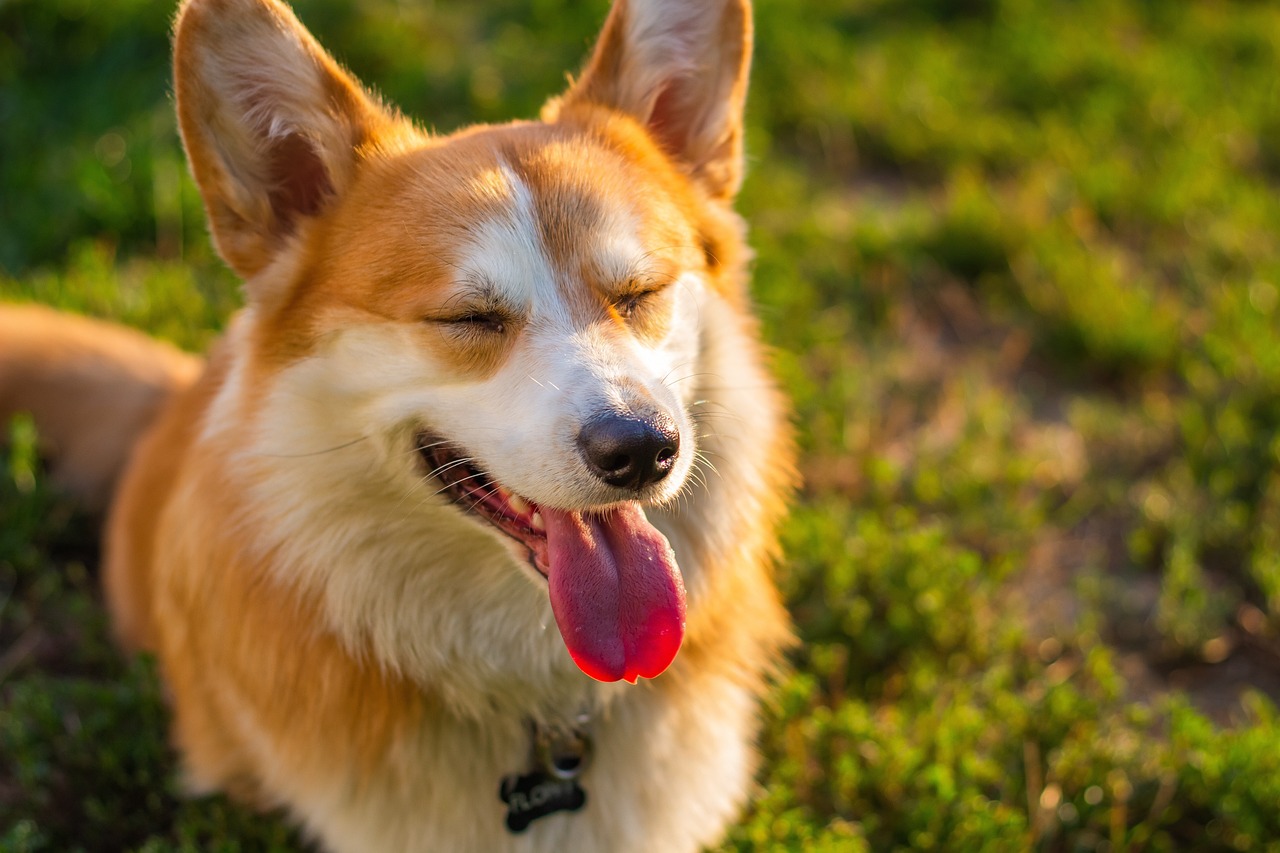
Choosing the Right Dog Bed
When it comes to training your dog to go to their bed, one of the most crucial steps is . After all, this is where your furry friend will spend a significant amount of their time, so it needs to be a space they love and feel comfortable in. Think of the dog bed as a cozy retreat, much like your favorite chair or the softest blanket you can find. It should provide a sense of security and comfort that encourages your pup to settle down.
First off, consider the size of the dog bed. You want to make sure it’s large enough for your dog to stretch out comfortably but not so large that it feels overwhelming. A bed that’s too small can make your dog feel cramped and anxious, while one that’s too big might not provide the snugness they crave. Measure your dog while they’re lying down to get a good idea of the dimensions you’ll need. A general rule of thumb is to add a few extra inches to their length and width to ensure they have ample space.
Next, let’s talk about material. The fabric of the bed can significantly impact your dog’s comfort. Some dogs prefer soft, plush materials, while others might enjoy a firmer surface. If your dog tends to get hot, look for breathable fabrics that allow for airflow. On the other hand, if you live in a cooler climate, a bed with thicker padding can provide extra warmth. Additionally, consider whether the bed is washable. Accidents happen, and having a bed that can easily be cleaned is a lifesaver for any pet owner.
Another factor to keep in mind is the design of the bed. Dogs are creatures of habit, and they often gravitate toward certain shapes and styles. For instance, some dogs love bolstered beds with raised edges, as they can rest their heads comfortably. Others might prefer flat beds or mats that allow them to sprawl out. Observe your dog’s sleeping habits; do they curl up in a ball, or do they like to stretch out? This can guide you in selecting the right design.
Lastly, don’t forget about your dog’s personal preferences. Just like humans, dogs have their quirks. Some may enjoy a bed that’s elevated off the ground, while others might prefer a low-profile option. If you have the opportunity, take your dog with you when shopping for a bed. Allow them to sniff and explore different options, as their reaction can give you valuable insight into what they might enjoy the most.
To summarize, here are key points to consider when choosing the right dog bed:
- Size: Ensure it’s large enough for your dog to be comfortable.
- Material: Choose a fabric that suits your dog’s comfort and climate needs.
- Design: Observe your dog’s sleeping habits to find the right shape.
- Personal Preferences: Take your dog along to test different beds if possible.
By taking the time to select the right dog bed, you’re setting the stage for successful training. A comfortable bed can make all the difference in encouraging your dog to embrace their designated space. Remember, this is not just about training; it’s about creating a sanctuary where your beloved pet can relax and feel safe.
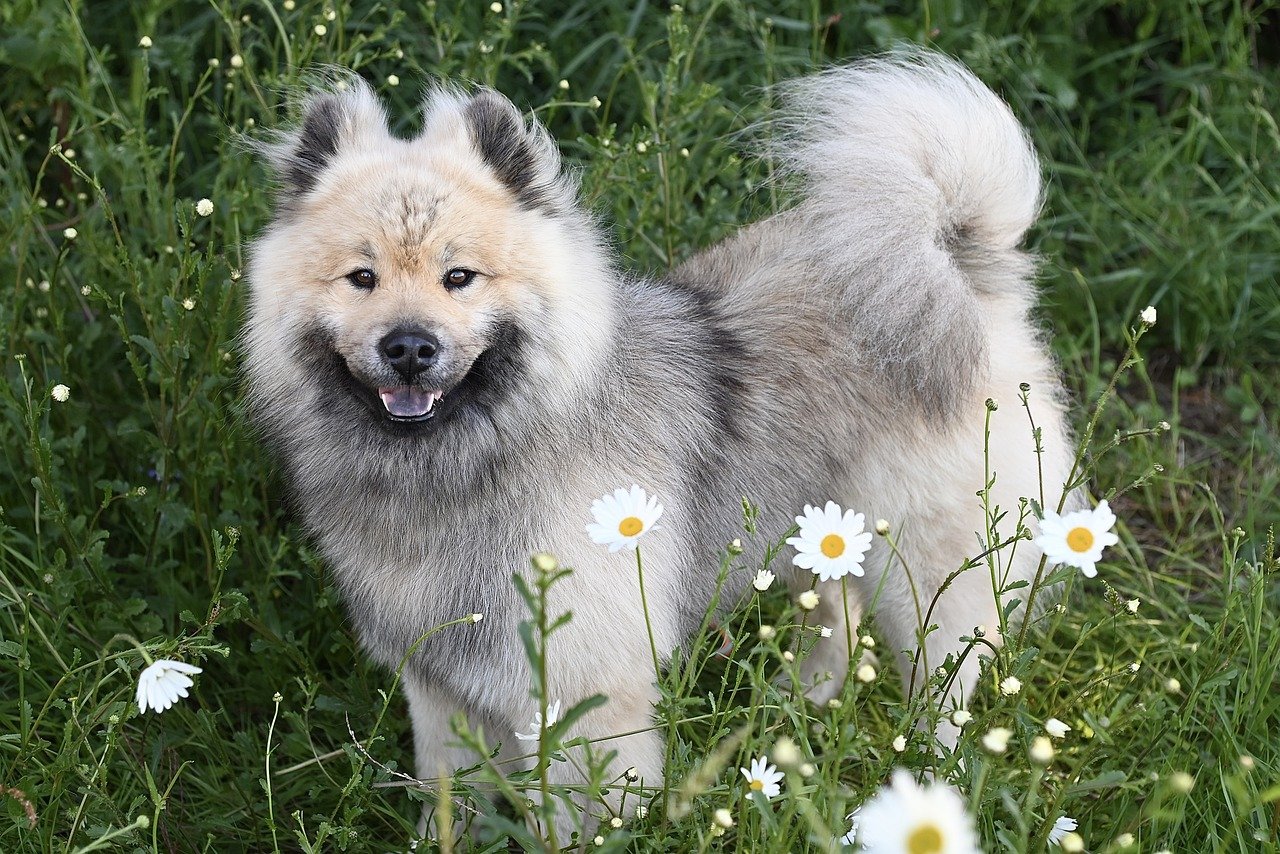
Establishing a Training Routine
When it comes to training your dog to go to their bed, establishing a consistent training routine is absolutely crucial. Think of it as setting the stage for a play; without a solid foundation, the performance may falter. Dogs thrive on routine because it provides them with a sense of security and predictability. By implementing a structured schedule, you're not just teaching your furry friend where to go; you're also helping them understand when to go there. This is especially important because dogs are creatures of habit, and they learn best when they can anticipate what comes next.
Start by determining specific times throughout the day when you can dedicate a few minutes to training. This could be after meals, during playtime, or even before bedtime. The key is to be consistent. For instance, if you decide to train your dog after meals, stick to that schedule. Over time, your dog will start to associate meal times with going to their bed, making it easier for them to grasp the concept.
During your training sessions, keep the atmosphere positive and free from distractions. Find a quiet space where your dog feels comfortable and can focus solely on the task at hand. Use a calm and encouraging tone of voice to guide them. You might say something like, “Go to your bed!” with excitement, as this will help them connect the command with the action. Remember, patience is key! If your dog seems confused or disinterested, take a step back and simplify your approach.
As you establish this routine, it’s also important to incorporate positive reinforcement. This means rewarding your dog immediately after they go to their bed. Rewards can include treats, praise, or even a favorite toy. The idea is to create a positive association with the command and the action. For example, when your dog successfully goes to their bed on command, say, “Good boy!” while giving them a treat. This will encourage them to repeat the behavior in the future.
To help visualize your training routine, consider creating a simple table that outlines your training schedule:
| Time | Activity | Notes |
|---|---|---|
| 8:00 AM | Training Session | After breakfast |
| 1:00 PM | Midday Training | After lunch |
| 6:00 PM | Evening Training | Before dinner |
| 9:00 PM | Wind Down | Before bed |
As you progress, don’t forget to monitor your dog’s behavior closely. If they start to show signs of understanding, gradually increase the duration between the command and the reward. This will help reinforce the behavior and encourage independence. If your dog seems to lose interest, don’t hesitate to adjust your routine or switch up the rewards. Keeping things fresh and engaging will help maintain their enthusiasm.
In summary, establishing a training routine is a vital part of teaching your dog to go to their bed. By being consistent, using positive reinforcement, and creating a structured schedule, you'll not only help your dog learn but also strengthen the bond between you two. So, grab those treats and get ready to make bed time a fun and rewarding experience for your furry friend!
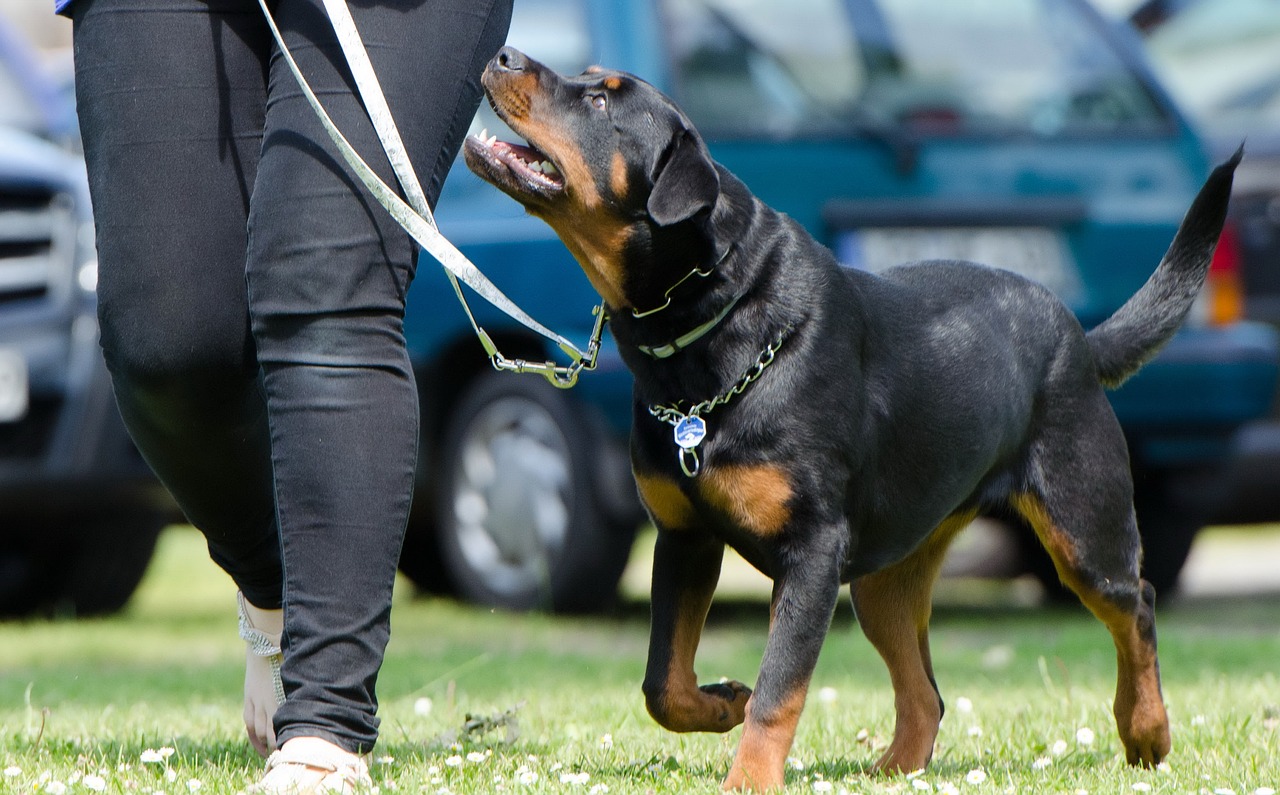
Using Positive Reinforcement Techniques
When it comes to training your dog to go to their bed, positive reinforcement is your best friend. Think of it as the secret sauce that makes learning fun and rewarding for your furry companion. Instead of using negative methods that can create anxiety or fear, you want to encourage your dog by rewarding them for the behaviors you want to see. This approach not only builds a stronger bond between you and your pet but also makes the training process enjoyable for both of you.
So, how do you effectively implement positive reinforcement? Start by identifying the desired behavior. In this case, it’s your dog going to their bed when asked. Every time your dog successfully goes to their bed, shower them with praise, give them a treat, or even a quick game of fetch! The key is to be consistent and immediate with your rewards. This way, your dog will quickly associate the action of going to their bed with something positive.
Let’s break it down a bit more. Here’s a simple step-by-step guide:
- Step 1: Use a specific command like “Bed” or “Go to your bed” every time you want your dog to go to their bed.
- Step 2: When your dog responds correctly, immediately reward them with a treat or praise.
- Step 3: Repeat this process consistently, gradually reducing the treats as your dog learns the command.
One important aspect of positive reinforcement is timing. You want to reward your dog within seconds of them performing the desired behavior. This helps them make the connection between the action and the reward. For instance, if your dog goes to their bed after you give the command, don’t wait too long to praise them. If you do, they might not understand what they’re being rewarded for!
Another great tip is to keep training sessions short and fun. Dogs, especially puppies, have shorter attention spans, so aim for about 5 to 10 minutes of focused training at a time. You can always return for more training later in the day. Mix it up with playtime or a quick walk to keep your dog engaged and excited about learning.
As you progress, you can start to introduce distractions to make the training more challenging. This could be as simple as having a family member walk through the room or playing some background noise. This will help your dog learn to focus on the task at hand, even when there are distractions around. Remember to keep rewarding them for their good behavior, even in these more challenging scenarios.
In summary, positive reinforcement is a powerful tool in your training arsenal. By rewarding your dog for going to their bed, you’re not just teaching them a command; you’re building a trusting relationship based on love and respect. So grab those treats, get ready to cheer, and watch as your dog learns to love their special spot in your home!
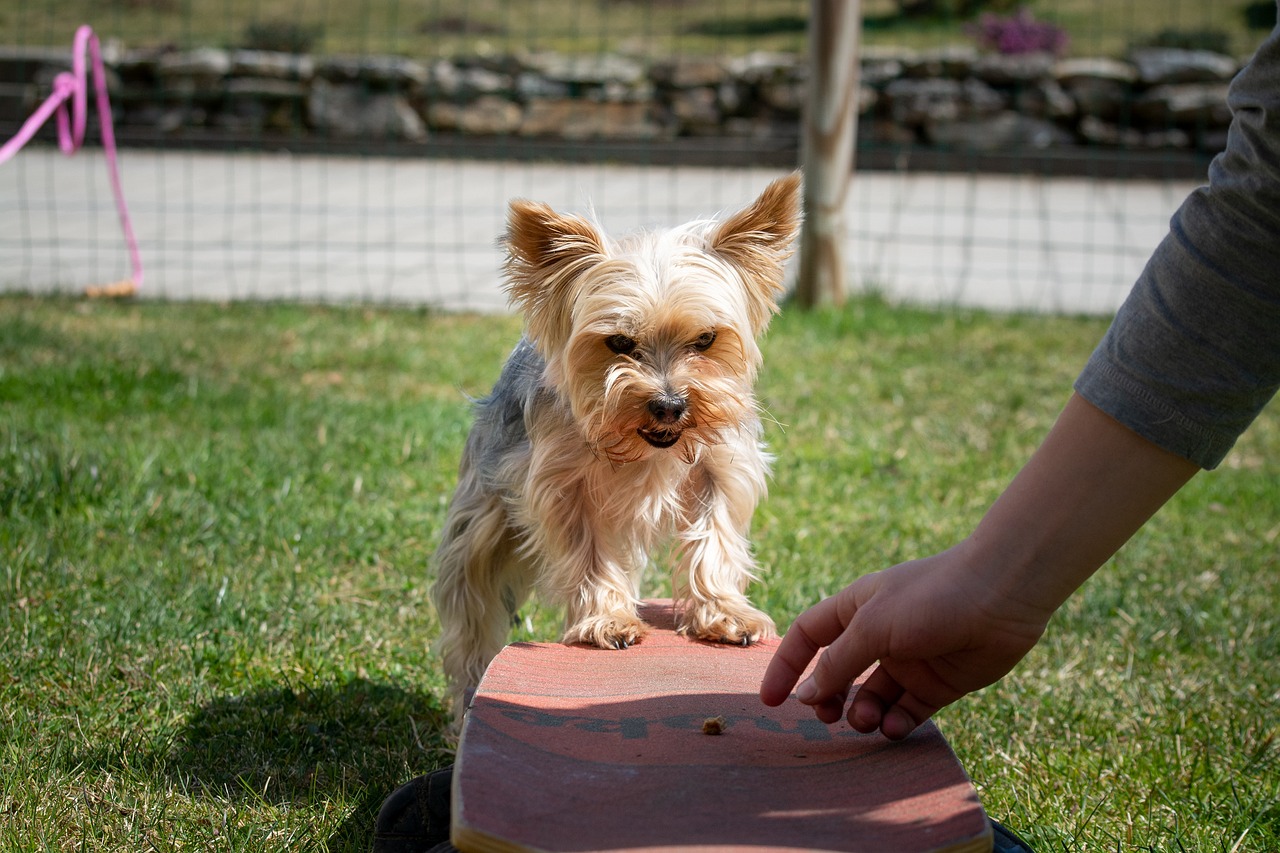
Introducing the Command
Introducing a command to your dog is like giving them a secret password that unlocks a world of comfort and security. The goal here is to create a clear association between the command and the action of going to their bed. This process can be both fun and rewarding, not just for your pup but for you as well!
Start by choosing a simple and distinct command, such as "Bed" or "Go to your bed." The key is to keep it consistent. Dogs thrive on routine, and with a clear command, they’ll quickly learn what you expect from them. When you're ready to begin, make sure you have some of their favorite treats on hand—this will come in handy as positive reinforcement.
Begin the training session in a calm environment, free from distractions. Stand near your dog’s bed and use the command while gently guiding your dog towards it. You might say, "Go to your bed!" in an enthusiastic tone, which helps to grab their attention. As they step onto the bed, immediately reward them with a treat and lots of praise. This creates a positive association with the command and the action.
It’s important to repeat this process several times. Consistency is crucial! You might find it helpful to create a short training schedule. For example, aim for two to three sessions a day, lasting about 5 to 10 minutes each. Dogs have short attention spans, so keeping it brief will help maintain their interest and enthusiasm. Here’s a simple breakdown:
| Time of Day | Activity | Duration |
|---|---|---|
| Morning | Command introduction | 5-10 minutes |
| Afternoon | Reinforcement with treats | 5-10 minutes |
| Evening | Practice and praise | 5-10 minutes |
As your dog starts to understand the command, gradually reduce the treats but continue to offer praise. This helps them learn that while treats are great, your approval is even more rewarding. Remember, patience is key! Some dogs may catch on quickly, while others might take a little longer. Celebrate their progress, no matter how small.
If your dog seems confused or reluctant, don’t hesitate to go back a step. Sometimes, less is more, and breaking down the command into smaller parts can be beneficial. For instance, you could first reward them for simply looking at the bed, then for stepping onto it, and finally for lying down. This incremental approach can make a significant difference in their learning process.
Lastly, practice the command in different environments and situations. This helps your dog generalize the command and understand that “going to their bed” applies in various contexts, whether you’re at home or visiting a friend. The more they practice, the more confident they will become, and soon enough, they’ll be racing to their bed just to hear you say that magic word!
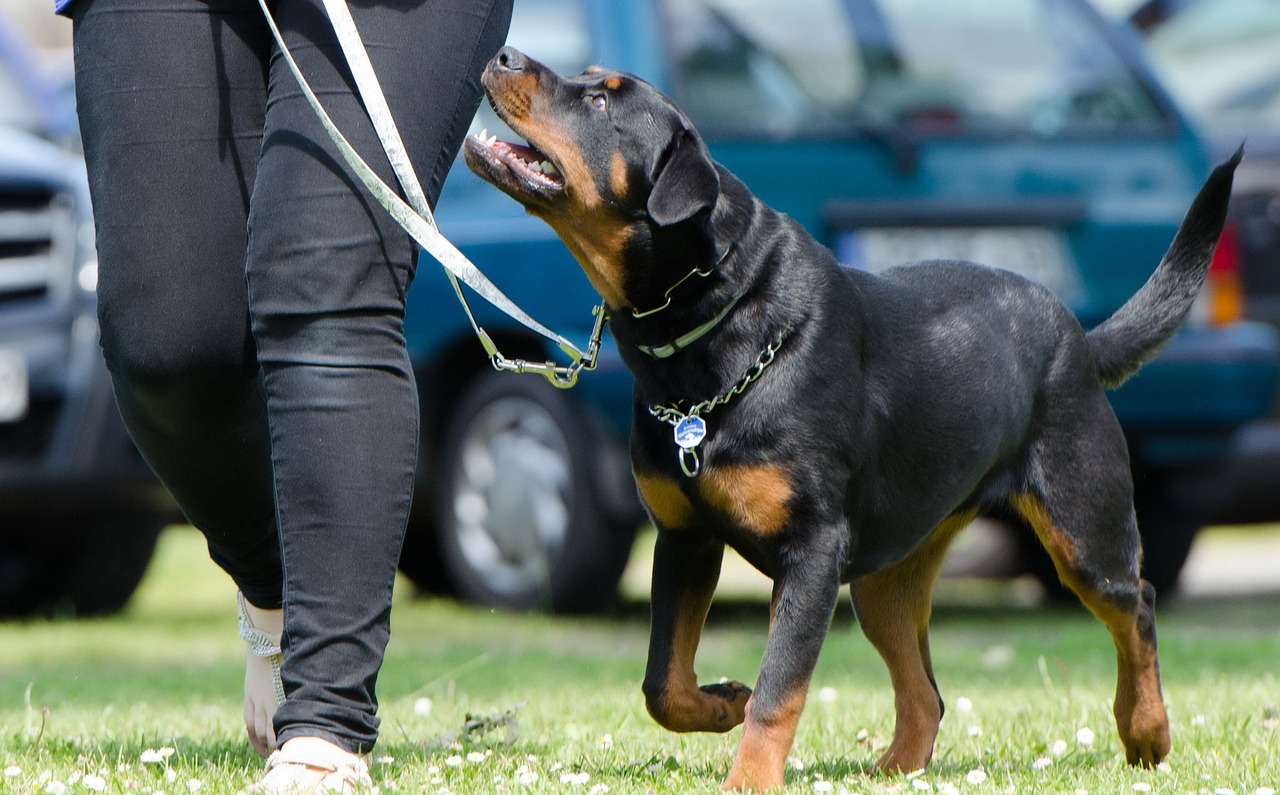
Overcoming Common Training Challenges
Training your dog to go to their bed can sometimes feel like a game of tug-of-war. There are moments when your furry friend seems to get it, and then there are those times when they look at you as if you just spoke in a foreign language. Don't worry! You're not alone in this. Many dog owners face similar hurdles during training, but with a little patience and the right strategies, you can overcome these obstacles.
One of the most common challenges is distractions. Imagine trying to concentrate on a task while your favorite TV show is blaring in the background. Dogs, much like us, can easily get sidetracked. To combat this, try to create a quiet and calm environment during training sessions. This could mean turning off the television, closing windows to minimize outside noise, or even choosing a time when your home is less busy. You want to make sure your dog can focus on you and the task at hand.
Another issue that many owners encounter is reluctance. Some dogs may simply not want to go to their bed, especially if they associate it with a time-out or a place where they are left alone. To tackle this, make the bed a positive space. Use treats, toys, and praise to encourage your dog to explore their bed. You can even sit on the floor next to the bed and toss a few treats on it to entice them. The goal is to create a positive association so that your dog sees their bed as a cozy retreat rather than a punishment zone.
In some cases, you might find that your dog is overly excited or anxious during training. This can lead to a lot of jumping around and barking, making it difficult for them to settle down. If this sounds familiar, consider incorporating some calming techniques into your routine. For example, try using a gentle voice and slow movements to help your dog relax. You can also implement short training sessions, gradually increasing the duration as your dog becomes more comfortable with the command.
Sometimes, the problem lies in the training technique itself. If you notice that your dog isn’t responding to your commands, it may be time to reassess your approach. Ensure that you are consistent with the command you use, and try to keep your tone upbeat and encouraging. Remember, dogs thrive on positive reinforcement, so be sure to reward them immediately when they follow through with the behavior you want to reinforce.
Finally, it’s essential to be patient and understand that every dog learns at their own pace. If you find that your dog is struggling, take a step back and evaluate the situation. You might need to adjust your expectations or even seek advice from a professional trainer if the challenges persist. The key is to maintain a positive attitude and keep the training sessions fun. After all, training should be a bonding experience rather than a chore!
In summary, overcoming training challenges requires a mix of patience, strategy, and positivity. By creating a distraction-free environment, making the bed a welcoming space, employing calming techniques, and being consistent with your commands, you can help your dog learn to go to their bed effectively. Remember, every step forward is a step in the right direction!
- How long does it usually take to train a dog to go to their bed?
Every dog is different, but with consistent training, many dogs can learn this command within a few weeks. - What if my dog refuses to go to their bed?
Try to make the bed more appealing with treats and toys. You can also seek the help of a professional trainer if needed. - Can I use the bed for punishment?
No, it’s important that your dog sees their bed as a safe and positive space, not a place of punishment.

Monitoring Progress and Adjusting Techniques
Training your dog to go to their bed is not just about teaching them a command; it’s a journey that requires patience and observation. As with any learning process, monitoring your dog’s progress is crucial to ensure that they are not only understanding what you want them to do but also feeling comfortable and secure in their new routine. So, how do you effectively track their progress? It starts with being attentive to their behavior during training sessions.
Begin by noting how quickly your dog responds to the command. Are they heading to their bed immediately, or is there hesitation? Keeping a simple training journal can be a game-changer. In this journal, jot down observations such as:
| Date | Response Time | Distractions Present | Overall Behavior |
|---|---|---|---|
| Day 1 | 5 seconds | None | Excited |
| Day 2 | 10 seconds | Kids playing | Distracted |
| Day 3 | 3 seconds | None | Focused |
This table can help you visualize trends over time, making it easier to identify patterns in your dog’s behavior. If you notice that your dog is consistently taking longer to respond in certain environments or situations, it may be time to adjust your training techniques. For instance, if they seem distracted by noise or movement, consider training in a quieter space or gradually introducing distractions to help them learn to focus.
Another essential aspect of monitoring progress is to assess your dog’s comfort level with the bed itself. Are they using it willingly, or do they seem hesitant? If they’re not showing interest, you might need to make the bed more enticing. Adding a favorite blanket or toy can create a more inviting atmosphere. Remember, the goal is to make their bed a safe haven where they feel relaxed and happy.
As you monitor their progress, don’t hesitate to adjust your techniques if something isn’t working. Training is not a one-size-fits-all approach. Each dog is unique, and what works for one may not work for another. For example, if your dog is not responding well to verbal commands, consider incorporating hand signals or using a clicker to reinforce the behavior. The key is to stay flexible and be willing to try different methods until you find what resonates with your furry friend.
Finally, remember that consistency is vital. Even as you adjust techniques, maintaining a regular training schedule helps reinforce the habit. Celebrate small victories along the way, and don’t forget to give plenty of praise and treats to keep your dog motivated. Training should be a positive experience for both you and your dog, so keep the atmosphere light and fun!
- How long does it take to train my dog to go to their bed? The time varies based on the dog’s age, temperament, and previous training experience. Some dogs may learn quickly, while others might take a few weeks.
- What if my dog refuses to go to their bed? Try making the bed more inviting with treats or toys, and ensure you’re using positive reinforcement consistently.
- Can I train my dog to go to their bed without using treats? Yes! While treats can be effective, you can also use verbal praise and affection as rewards.
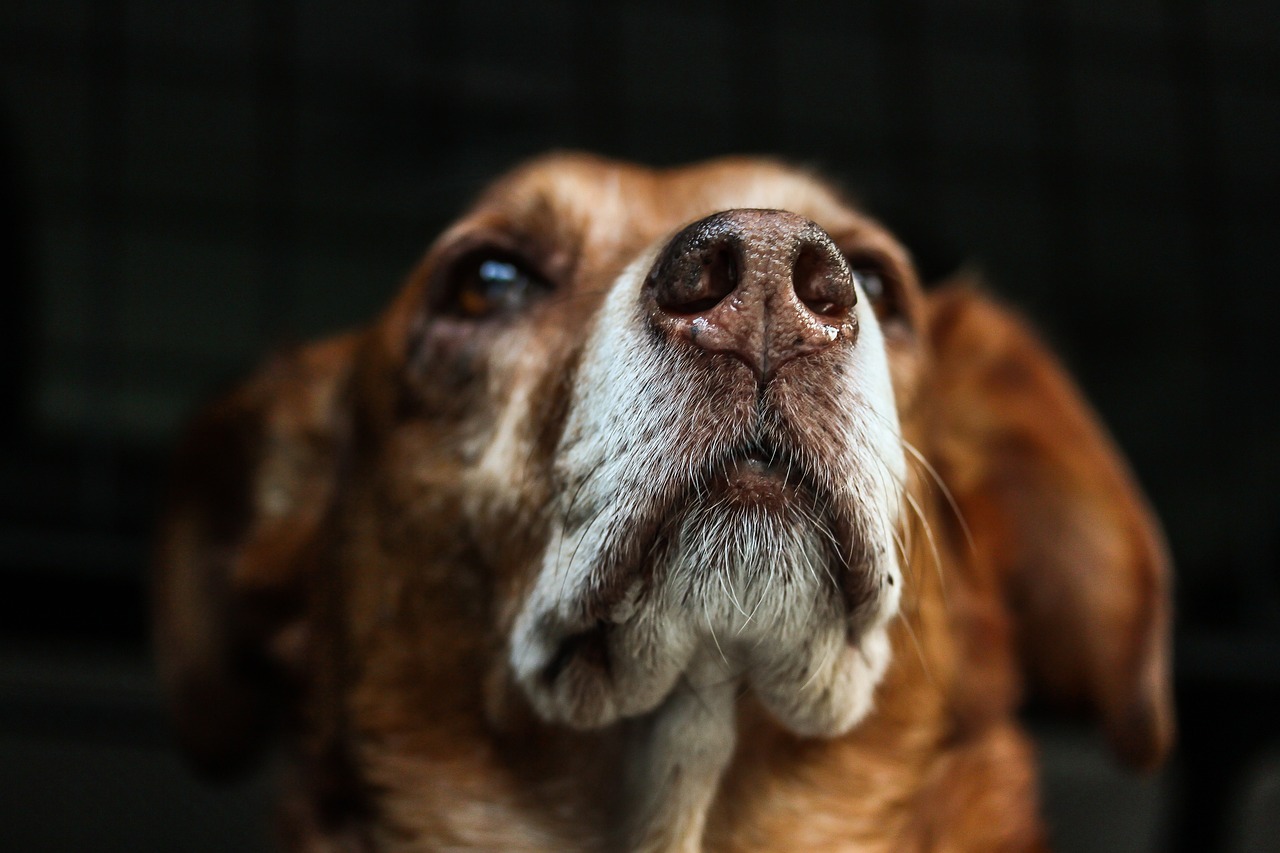
Maintaining the Habit Long-Term
Once your dog has mastered the art of going to their bed, the journey doesn't end there! Just like us, dogs thrive on routine and consistency. To ensure that this behavior sticks around for the long haul, it’s essential to reinforce it regularly. Think of it as watering a plant; if you stop watering it, eventually, it will wither away. So, how can you keep that habit flourishing?
First off, consistency is crucial. Make it a point to encourage your dog to go to their bed at specific times throughout the day. For instance, you could designate certain moments, like mealtime or when guests arrive, as opportunities for your dog to retreat to their cozy spot. This repetition helps solidify the behavior in their mind. You might even consider creating a visual schedule that outlines these times, making it easier for both you and your furry friend to follow along.
Another effective strategy is to continue using positive reinforcement. Just because your dog has learned the command doesn’t mean they don’t appreciate a little extra love now and then! Whenever your dog goes to their bed on command, shower them with praise, or offer a treat. This not only reinforces the behavior but also strengthens your bond. Remember, your enthusiasm can be contagious; dogs are excellent at picking up on their owner's energy!
In addition, consider introducing fun variations to keep things exciting. You can change up the command slightly or incorporate a new cue, like pointing to the bed or using a specific toy. This keeps your dog engaged and prevents them from becoming bored with the routine. Think of it as adding a new flavor to their favorite dish—sometimes, a little change is all it takes to rekindle their interest!
Finally, don’t forget to monitor your dog’s environment. If there are new distractions—like a new pet or changes in the household—these could affect their willingness to go to their bed. In such cases, it’s important to be patient and go back to the basics. You may need to reintroduce the command and rewards until they feel comfortable again. Just like us, our dogs can have off days, and that’s perfectly okay!
In summary, maintaining the habit of going to their bed long-term requires a mix of consistency, positive reinforcement, creativity, and a watchful eye on their surroundings. Keep the experience positive and engaging, and you’ll find that your dog will happily retreat to their bed whenever you need them to. With a little effort and a lot of love, you can ensure that this behavior becomes a permanent part of your dog’s routine.
- How long does it take for a dog to learn to go to their bed?
Every dog is different, but with consistent training and positive reinforcement, many dogs can learn this behavior within a few days to a couple of weeks. - What if my dog refuses to go to their bed?
Try to make the bed more appealing by adding their favorite blanket or toy. Also, ensure that the bed is in a quiet, comfortable spot away from distractions. - Can I use a crate instead of a dog bed?
Yes! If your dog is crate trained, you can use the crate as their personal space. Just be sure to follow similar training techniques to reinforce the behavior. - How often should I reinforce the behavior?
Initially, reinforce the behavior every time your dog goes to their bed. As they become more consistent, you can gradually reduce the frequency of treats but continue with praise.
Frequently Asked Questions
- Why is it important for my dog to have a designated bed?
Having a personal bed provides your dog with a sense of security and comfort. It creates a safe space where they can retreat, relax, and feel at ease, which is essential for their overall well-being.
- How do I choose the right bed for my dog?
When selecting a dog bed, consider factors like size, material, and design. Ensure the bed is large enough for your dog to stretch out comfortably, made from durable materials, and designed to suit their sleeping habits—whether they prefer to curl up or sprawl out.
- What is the best way to establish a training routine?
Consistency is crucial. Set specific times for training sessions, use the same commands, and practice regularly. This helps your dog understand the expectations and reinforces the behavior you want to encourage.
- Can I use treats to train my dog to go to their bed?
Absolutely! Positive reinforcement, like treats or praise, is an effective way to motivate your dog. Reward them immediately when they go to their bed, so they associate the action with something positive.
- How do I introduce the command for going to their bed?
Start by choosing a simple command, like "bed" or "go to your bed." Use it consistently every time you want your dog to go to their bed. Pair the command with a treat when they comply to help them learn the association.
- What if my dog is reluctant to go to their bed?
It’s common for dogs to be hesitant initially. Try making the bed more inviting with toys or blankets they like. You can also lure them with treats or use a favorite toy to encourage them to explore their new space.
- How can I monitor my dog’s progress during training?
Keep track of your dog's responses to the command and their willingness to go to their bed. If you notice improvements, celebrate those wins! If they struggle, adjust your techniques or increase the frequency of training sessions.
- What are some tips for maintaining this habit long-term?
To ensure your dog continues to go to their bed, consistently reinforce the behavior with treats and praise. Integrate the command into your daily routine, and occasionally refresh their training to keep the habit strong.






